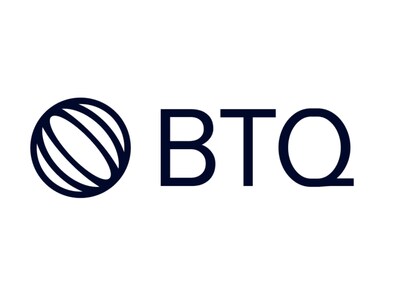
Salesforce: An Opportunity for Investors?


Salesforce has experienced a decline of 1.9% over the last week and 2.5% over the last month, yet it has shown an impressive increase of 65.4% over the last three years. However, it has lost 28.3% of its value since the beginning of the year.
The company has recently made headlines with management changes and strategic acquisitions, which have sparked new discussions regarding its long-term direction. These moves, along with fluctuations in the technology sector, explain the sharp price changes observed by investors.
According to a six-point valuation check, Salesforce received a score of 4 out of 6, indicating complex signals that require deeper analysis. In the later sections of this article, we will explore how investors assess values and offer a smarter approach.
Salesforce’s 26.0% return over the past year shows that it has lagged behind other companies in the sector.
The Discounted Cash Flow (DCF) model estimates how valuable a company is today by predicting future cash flows and discounting them to present value. This approach covers both current operations and growth expectations and is a preferred tool for intrinsic valuation.
Analysts predict that Salesforce’s free cash flow will rise from $12.4 billion last year to approximately $19.5 billion by 2030. Growth expectations for the next five years are based on analyst forecasts, while those for subsequent years rely on Simply Wall St's own insights.
By applying a two-stage Free Cash Flow model, Salesforce’s intrinsic value per share was calculated to be $356.45. This indicates a 33.5% discount relative to the current share price, suggesting that Salesforce shares are significantly undervalued at present.
Conclusion: UNDERVALUE
Our discounted cash flow analysis reveals that Salesforce is undervalued by 33.5%. You may consider adding this stock to your watchlist.
The Price/Earnings (P/E) ratio is one of the most common metrics for valuing profitable companies like Salesforce. This measure compares a company's share price to its earnings per share. However, there is no strict rule for what constitutes a "normal" or "fair" P/E. It is typically related to investor expectations and risk perceptions.
Currently, Salesforce is trading at a 33.9x P/E ratio, which is higher than the software sector average of 30.8x, but lower than the average of its peer group at 52.1x. Simply Wall St has developed a unique measure called Fair Ratio; this combines factors such as earnings growth, profit margins, company size, sector dynamics, and potential risks.
The Fair Ratio for Salesforce is 44.0x, indicating that the current 33.9x P/E ratio is quite low. Considering growth expectations and the risk profile, it can be said that the stock is undervalued based on earnings.
Conclusion: UNDERVALUE
P/E ratios tell a story, but could the real opportunity lie elsewhere? Discover 1421 companies believed to be talented and hold significant growth potential.
We mentioned looking for a better way to understand a company; here’s Narratives. A narrative is more than just a number; it creates a personalized story that combines future income, margins, and risks. It allows you to easily relate your investment thesis to actual figures.
Two leading narrative examples related to Salesforce:
🐂 Salesforce Bull Case
Fair value: $334.68
Current price is approximately 29% below
Expected revenue growth: 9.6%
AI-driven automation and workflow integrations are speeding adoption rates and raising switching costs.
🐻 Salesforce Bear Case
Fair value: $223.99
Current price is approximately 6% above
Expected revenue growth: 13%
Market saturation and increased dependency on large enterprises should be considered as risks.
If you want to learn more about Salesforce and hear other investors' views, you can join our community.
.png)
Yakında Tüm Platformlarda
Sizlere kesintisiz haber ve analizi en hızlı şekilde ulaştırmak için. Yakında tüm platformlarda...







.png)